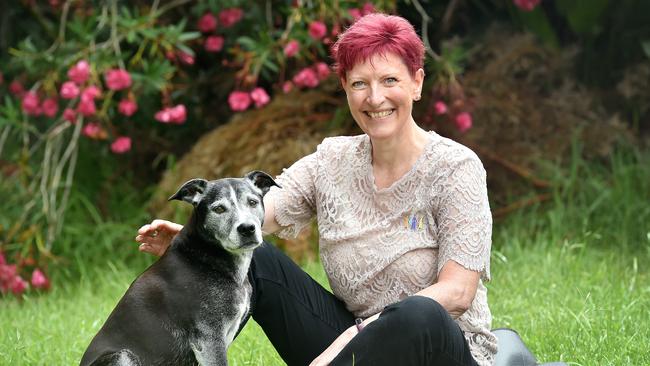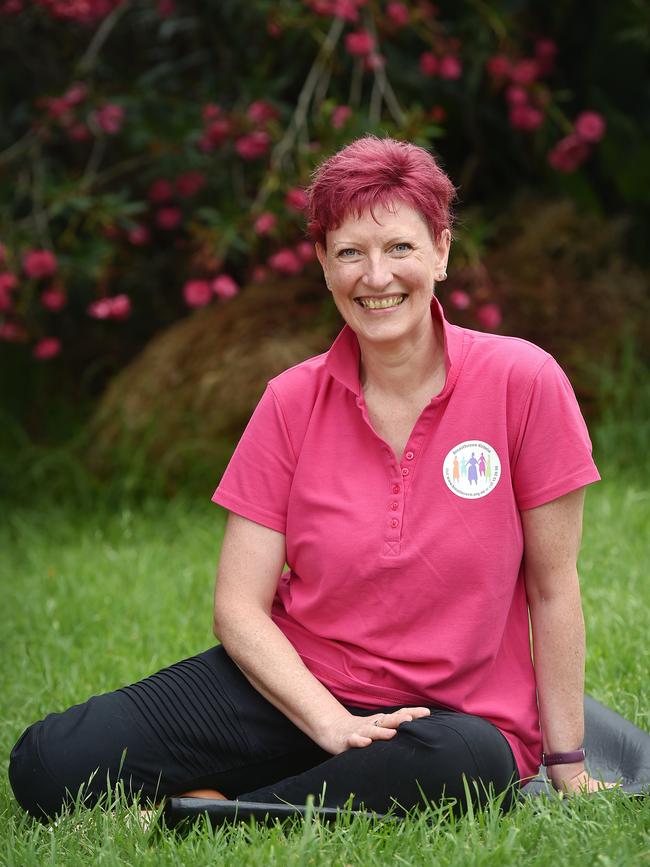Revolutionary new breast screening could predict cancer risk years in advance
An incredible new test could alert women at risk of developing breast cancer years before they do so.

Victoria
Don't miss out on the headlines from Victoria. Followed categories will be added to My News.
A new approach to analysing mammograms could help detect women who are at risk of developing breast cancer years before they do.
Researchers claim the breakthrough — which uses artificial intelligence to look at the “brightness” and “texture” of traditional mammograms — is more effective in predicting the common cancer than all other risk factors, including breast density and genetics.
It’s hoped the new measures could revolutionise the way women are screened and diagnosed and become common practice within just two years.
The discovery is the work of teams at the University of Melbourne, BreastScreen Victoria and the Cancer Council Victoria, who wanted to find new ways of determining breast cancer risk.
“These other aspects of the [mammogram] image are predicting breast cancer in the future and doing it very well, so much so that it’s a better test of your future risk than genomics,” said Professor John Hopper from the University of Melbourne.
Women with denser breasts, which show up on a mammogram as more white or bright areas, are more likely to be diagnosed with breast cancer. They’re also more likely to go undiagnosed, as cancer spots shown on the scans are also white.
Prof Hopper and his team, including post-doctorate student Dr Kevin Nguyen, have now discovered two new novel and more personalised measurements — “cirrocumulus” and “cirrus” — to predict the disease.
They found that by taking a closer look at the bright areas of a mammogram and then using computer algorithms to analyse the texture, a more comprehensive risk profile could be reached for high and low-risk women.
“What this means is it will be easy to identify large groups of women at very different risks — it’s like lining women up and deciding where you are on the range,” Prof Hopper said.
The new approach, which could be used in conjunction with traditional measures, has already gained interest from cancer groups and clinics.

The clinical director of St Vincent’s BreastScreen Melbourne, adjunct Associate Professor Helen Frazer, said being able to warn women of their risk at the earliest stage could be ”game-changing”.
“Breast screenings have been going for close to 30 years, we know it works and we know it saves lives, but we’re always looking for improvements,” she said.
“If we can determine these risk factors and novel features, if we can determine how they interact … this could really be the basis for transforming breast screening.”
About 20,000 people were diagnosed with breast cancer in Australia this year.
Clayton South woman Natalie Vujovich, 54, has a family history of cancer and is considered at “high risk” of developing breast cancer.
She also has dense breasts and needs yearly screenings, something she believes could be made easier if Prof Hopper’s approach is utilised.
“Having the reassurance of this test to give you a better determination … could make it a lot easier for a lot of women,” Ms Vujovich said.
“The earlier you can get the diagnosis the easier it is to treat. And once you know, it makes it a lot easier to deal with.”
Prof Hopper said the new approach could help clear the backlog of women who were delayed or missed breast screenings during the coronavirus pandemic. It was also an attractive and cost-effective means of improving public health.
It’s hoped the methods will be used in a new study of up to 70,000 women next year and rolled out for use soon after. “We think it’s not inconceivable that within two years we could have a very different breast screening,” Prof Hopper said.





